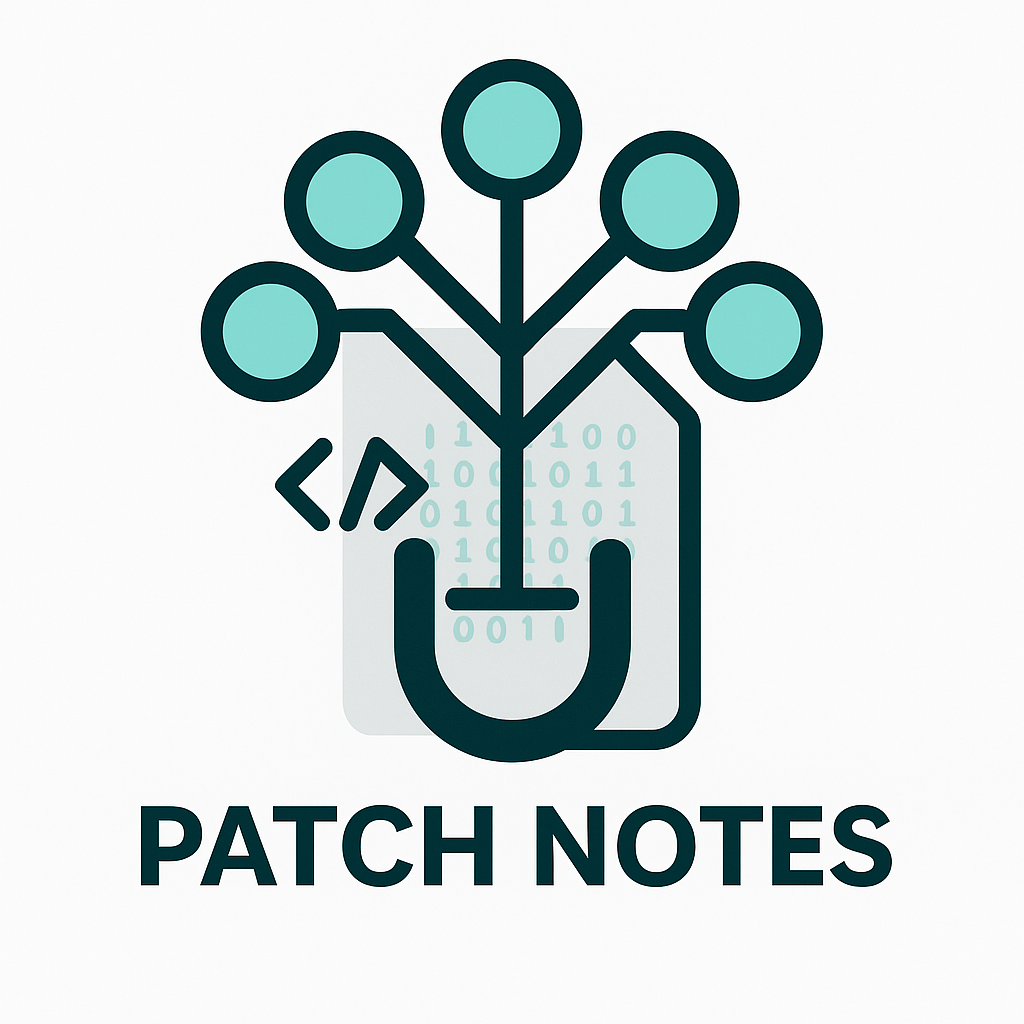When you apply for a job today, there’s a good chance a human won’t be the first to read your resume. An Applicant Tracking System (ATS) will. These automated gatekeepers parse, score, and sort applications long before they reach a recruiter’s desk. If your document doesn’t play nicely with them, it can quietly disappear into a database.
Our ATS scan is built to give you a look into that hidden world — to show you what the machine sees, and to help you beat it.
From upload to understanding
It starts simply: you upload your resume or cover letter. In the background, we carefully extract the text from your file, whether it’s a PDF or a Word document. For PDFs, we even record the exact position of every word so we can pinpoint problems right in your page preview.
From there, the scan goes to work. It reads your document much like an ATS would, but with a friendlier agenda. It checks for the basics — your contact details, a professional name, the sections that every strong resume needs. It notices if important content is missing, or if your layout might confuse automated parsing.
Looking deeper than keywords
Older ATS checks stopped at keyword counts. Ours digs further. Yes, it measures keyword density and flags when you might not be speaking the job’s language. But it also looks for balance in your writing, clarity in your sentences, and whether you’re using specific, quantified achievements instead of vague claims.
It can tell if your tone sounds confident or hesitant, formal or casual, and — if you paste in a job description — whether your tone matches the role you’re aiming for. Behind the scenes, we’re using a mix of natural language processing and AI models to make those judgments, but the output stays simple: here’s where you’re strong, here’s where you can improve.
When you have a target in mind
The scan becomes even more powerful when you give it a job posting to compare against. It will highlight the skills and terms the job description emphasizes, then check if they appear in your document. It will measure how closely your content aligns semantically with the posting, not just in vocabulary but in meaning and tone.
If you want, it can even suggest rewrites — weaving missing but relevant keywords into your existing text without breaking the flow.
A score, and a plan
At the end, you’ll get a score — not as a judgment, but as a quick way to see progress over time. You’ll also get an annotated view of your resume: issues and suggestions mapped directly to their location in the document. Everything is saved securely so you can track improvements from draft to draft.
Why this matters
Most people never see what happens to their application after they hit “submit.” The ATS scan changes that. It gives you insight into how your document will perform in the first round of automated screening, and the tools to make sure it gets through.
By blending rule-based checks, language analysis, and AI-powered insight, we’re building more than a filter-checker. We’re building a coach — one that understands both the machines and the humans you’re trying to impress.




